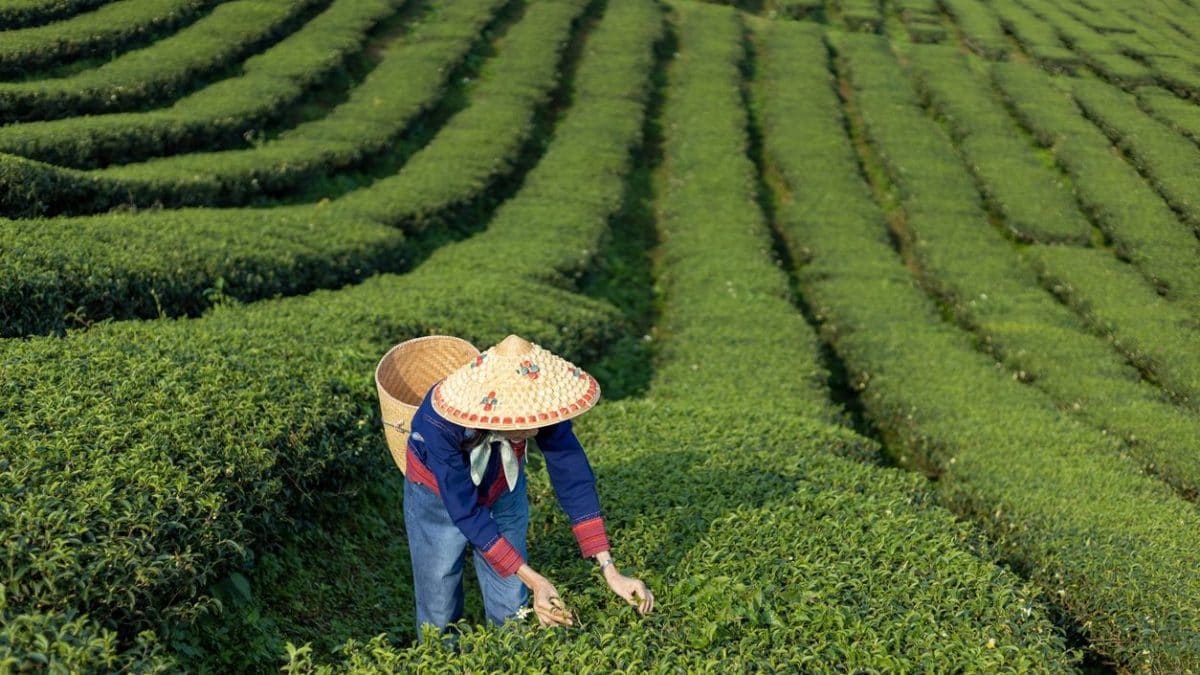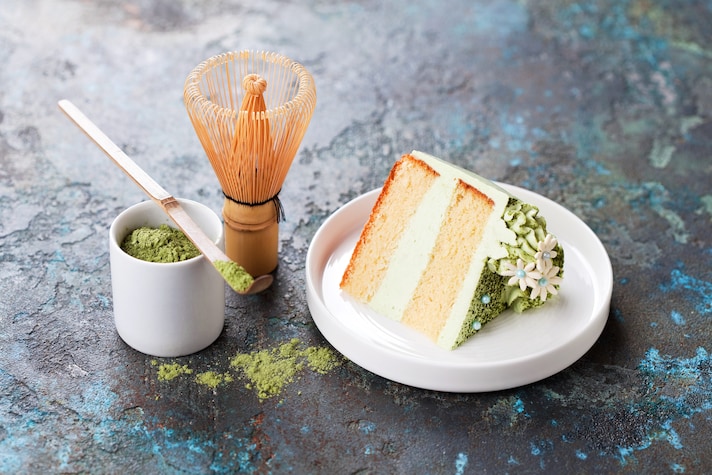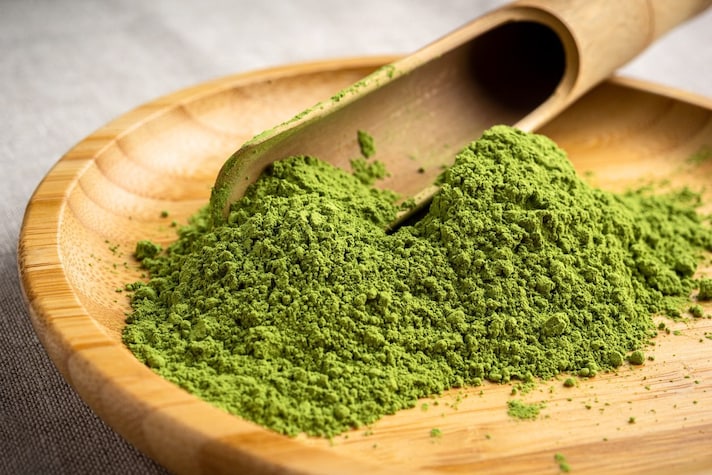
You can find it in photos on Instagram, in reels on TikTok, and it's the protagonist of countless videos on every social media platform. We're talking about matcha tea, one of the most used and well-known Japanese foods in the world. Some use it in creams, some in ice cream, some in desserts, and some have even replaced coffee with it. With a sparkling green color, it's considered a superfood full of benefits, but something hasn't been going right lately. After conquering the internet and becoming a symbol of daily well-being, its fame is outpacing its own harvest. Given the enormous increase in demand, supplies could soon run out, and the cause is precisely the trend that has made it a "superstar" of gastronomy.
What's Really Happening
Matcha is not just any tea powder: it is a refined product of Japanese cuisine whose origins, however, are tied to China. It is produced from tencha leaves that require weeks of shade to be hand-picked, sorted for stems and veins, and then slowly ground in stone mills. It all requires time, care, and a great deal of patience for a process that cannot be sped up in any way.

With demand exploding, this product is no longer just for tea culture, but has become an Instagrammable trend for posting photos of ice cream, cappuccinos, and even cosmetics. The problem of scarcity has now become twofold: production is no longer keeping pace, and there are external factors to consider, such as climate change. Excessively high temperatures are causing damage to the areas where it is grown, the city of Kyoto being a prime example.
Another reason for the difficulty of production is the long harvest times: a plant takes years to produce usable leaves. As we mentioned, the shading, harvesting, and milling process is slow, and if it were to be accelerated, the quality of the product would be significantly reduced. The result? Skyrocketing prices, empty shelves, merchandise that sells out before it arrives, and substandard products that pop up like mushrooms to meet demand.
So is Matcha Really Running Out?
This question must have an answer: no, matcha isn't finished, and there's still enough to meet the high demand. But the lengthy process required to obtain it and all the issues we've discussed convey the sense of a very fragile balance.

If we continue to consume it "merely" as a cosmetic gadget to post on social media, the risk of losing it, along with its authenticity, is quite high. After all, behind every cup of matcha tea or ice cream lies not only that sparkling green that online users love so much, but the work of farmers who keep a centuries-old practice alive. Perhaps it would be right to start drinking it more out of respect and less out of fashion.
;Resize,width=767;)
